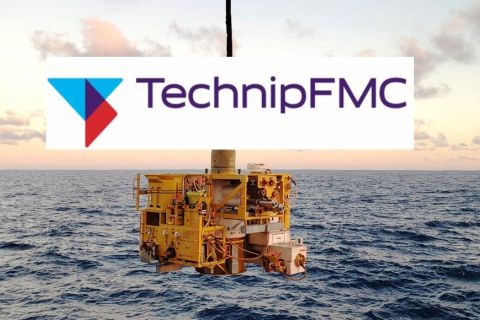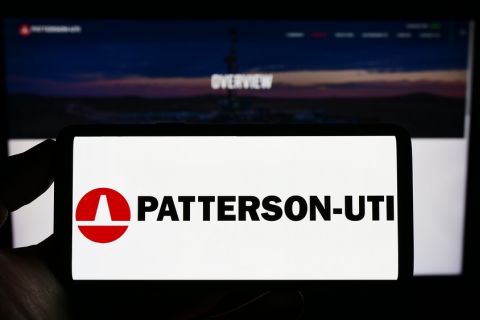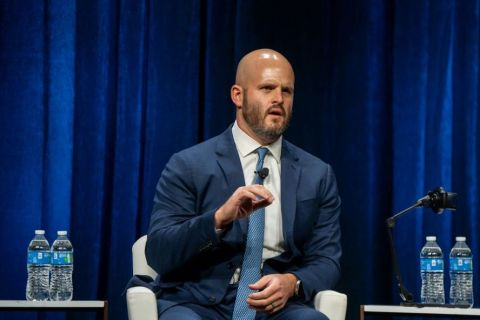I think most of us know what a killer app is. Wikipedia defines it as any computer program that is so necessary or desirable that it proves the core value of some larger technology. The most famous killer app was the introduction of the spreadsheet in 1979. When VisiCalc and Lotus 1-2-3 were released for the Apple II and IBM-compatible computers, respectively, an invasion of personal computers into the enterprise market followed. A $100 to $300 software package pulled through sales of computer systems that cost $2,000 to $10,000.
Today, energy companies are spending billions of dollars on the infrastructure to capture the promised return on investment of Big Data. Key components include data ingestion engines, data lakes, cloud hosting, contextual search and artificial intelligence (AI) applications. The picks and shovels of Big Data are expensive.
Compared to the large budgets and relative maturity of AI for production operations, midstream and refining end markets, the subsurface is a comparatively small minnow swimming alongside whales. What will make AI the killer app for the subsurface? Capability enablement. Cost efficiencies will be a major driver for AI, but the hidden killer app will be that AI can create entirely new workflows previously impossible with traditional software and oilfield hardware.
One powerful application of AI is to utilize drilling data and LWD gamma to create synthetic well logs in real time. Another application is to short-circuit traditional seismic inversion workflows by leveraging machine learning inversions that deliver higher resolution (approximately 3 m [10 ft]) in faster time. Each capability stands on its own regarding delivering cost efficiencies to the oil company. However, what if we connected these workflows into a common machine learning environment?
AI software can utilize drilling data to generate well logs automatically. The well logs may subsequently be used to update the seismic inversions in near real time (regionally around the wellbore). Horizons and reservoir properties are no longer static models but are dynamically updated with tremendous speed and resolution that no traditional reservoir modeling software package could keep up with. From geosteering to reservoir modeling, this capability enablement of unified, machine learning native workflows will have powerful impacts.
Let’s raise the bar farther. Traditional LWD sonic tools sit 30-plus m (100-plus ft) behind the drillbit. The tools output measurements are every 6 in. to 12 in. These are physical axioms that even the best sensor engineers cannot engineer around. However, AI does not take up real estate on the bottomhole assembly.
Moreover, the drilling data are generally measured every 1 to 3 seconds. By leveraging the drilling data, the AI-based synthetic logs can provide formation properties every inch and deliver those data at the drillbit. The result is a high-resolution well log that exhibits resolution very close to that of an image log, all by utilizing the data already being collected. Delivering rock properties at the drillbit rather than 30 m too late enables a closedloop AI system to optimize drilling parameters based on soft versus hard rock drilling.
Will these novel capabilities made possible only with AI create that killer app that E&P professionals have been waiting for? The most noticeable litmus test will be the impact on cost efficiencies and faster cycle times. A more powerful yet hidden yardstick will be rapid bursts of new workflows engendered by AI and only deliverable by the interconnection of subsurface data types across drilling, formation evaluation and geophysics in a machine learning native environment.
Recommended Reading
From Restructuring to Reinvention, Weatherford Upbeat on Upcycle
2024-02-11 - Weatherford CEO Girish Saligram charts course for growth as the company looks to enter the third year of what appears to be a long upcycle.
TechnipFMC Eyes $30B in Subsea Orders by 2025
2024-02-23 - TechnipFMC is capitalizing on an industry shift in spending to offshore projects from land projects.
NOV's AI, Edge Offerings Find Traction—Despite Crowded Field
2024-02-02 - NOV’s CEO Clay Williams is bullish on the company’s digital future, highlighting value-driven adoption of tech by customers.
Patterson-UTI Braces for Activity ‘Pause’ After E&P Consolidations
2024-02-19 - Patterson-UTI saw net income rebound from 2022 and CEO Andy Hendricks says the company is well positioned following a wave of E&P consolidations that may slow activity.
ProPetro Reports Material Weakness in Financial Reporting Controls
2024-03-14 - ProPetro identified a material weakness in internal controls over financial reporting, the oilfield services firm said in a filing.





